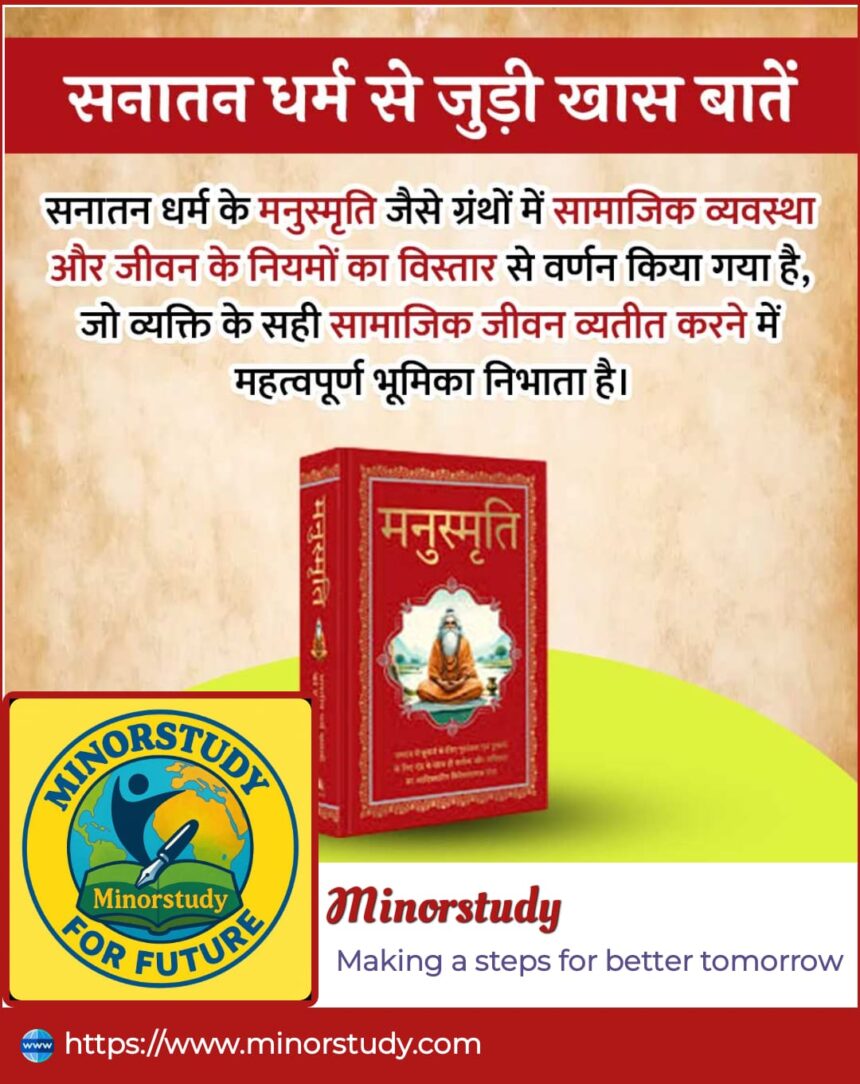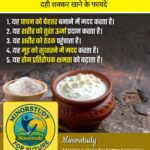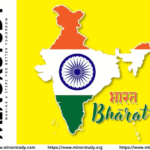Powerful Truths About Sanatan Dharma That Can Enrich Your Life
Introduction
Sanatan Dharma, often referred to as the Eternal Religion, is not just a religion but a way of life. Rooted in the timeless principles of truth (satya), duty (dharma), compassion (daya), and universal brotherhood, Sanatan Dharma provides a framework for living in harmony with nature, society, and the divine.
- Introduction
- History of Sanatan Dharma
- Timeline of Sanatan Dharma’s Evolution
- 9 Powerful Truths and Special Things About Sanatan Dharma
- 1. Eternal and Universal
- 2. Dharma as a Way of Life
- 3. Four Goals of Life (Purusharthas)
- 4. Four Stages of Life (Ashramas)
- 5. Varna System (Social Order)
- 6. Inclusiveness and Plurality
- 7. Festivals and Rituals
- 8. Science and Spirituality Together
- 9. Global Relevance Today
- Inspiring Facts About Sanatan Dharma
- Significance of Sanatan Dharma in Life and Society
- Observances in Sanatan Dharma
- Wishing with Sanatan Dharma Wisdom
- FAQs on Sanatan Dharma
- Importance in Our Life
- Conclusion – Daily Life Impacts of Sanatan Dharma
The scriptures of Sanatan Dharma—including the Vedas, Upanishads, Bhagavad Gita, Manusmriti, Puranas, and Smritis—describe in detail the social order, moral duties, and spiritual paths that guide human beings toward righteous living. Unlike rigid dogmas, Sanatan Dharma is flexible, ever-evolving, and inclusive of all paths leading to truth.
Let us explore the special things about Sanatan Dharma, its history, facts, timeline, social rules, significance, and daily life impact in a way that connects to both tradition and modern life.
History of Sanatan Dharma
Origins: Sanatan Dharma is considered eternal, without a specific beginning. It is said to have originated with creation itself, revealed to sages (rishis) through divine inspiration.
Vedic Age (1500–500 BCE): The Vedas, the earliest scriptures, laid the foundation of rituals, social order, and spiritual practices.
Upanishadic Era (800–200 BCE): Focus shifted from rituals to philosophy, self-realization, and meditation.
Epic Period (500 BCE – 500 CE): Texts like the Mahabharata, Ramayana, and Bhagavad Gita emphasized duty, devotion, and dharma in daily life.
Classical Period (200 CE – 1200 CE): Puranas, Manusmriti, and Dharma Shastras elaborated on social laws, ethics, and religious observances.
Medieval Period: Saints and bhakti movements spread devotion and spiritual equality across India.
Modern Period: Sanatan Dharma adapted to changing times, with reformers like Swami Vivekananda, Dayananda Saraswati, and others reviving its universal principles.
Timeline of Sanatan Dharma’s Evolution
| Period | Key Features |
|---|---|
| Pre-Vedic (Before 1500 BCE) | Early spiritual practices, nature worship, rituals honoring cosmic forces. |
| Vedic Age (1500–500 BCE) | Compilation of the Rigveda, Yajurveda, Samaveda, Atharvaveda; rituals and yajnas central. |
| Upanishadic Age (800–200 BCE) | Rise of philosophical thinking; focus on Brahman (ultimate reality) and Atman (soul). |
| Epic Period (500 BCE – 500 CE) | Mahabharata, Ramayana, Bhagavad Gita guiding moral and spiritual duties. |
| Classical Age (200–1200 CE) | Manusmriti, Puranas, Smritis shaping social order, laws, and religious observances. |
| Bhakti Movement (1200–1700 CE) | Saints like Kabir, Meera, Tulsidas promoting devotion and equality. |
| Modern Era (1800 CE – Present) | Revival of Sanatan Dharma globally; teachings spreading across the world. |
9 Powerful Truths and Special Things About Sanatan Dharma
1. Eternal and Universal
Sanatan Dharma is not confined to one prophet or one book. It is eternal (Sanatan) and universal, embracing all paths leading to truth.
2. Dharma as a Way of Life
The concept of dharma is central—it means duty, righteousness, and living in harmony with self, society, and the cosmos.
3. Four Goals of Life (Purusharthas)
Sanatan Dharma provides balance through Dharma (righteousness), Artha (prosperity), Kama (desires), and Moksha (liberation).
4. Four Stages of Life (Ashramas)
Human life is divided into Brahmacharya (student life), Grihastha (household life), Vanaprastha (retired life), and Sannyasa (renunciation).
5. Varna System (Social Order)
Manusmriti and other texts describe a social order based on varna (not birth but qualities and duties): Brahmins (knowledge), Kshatriyas (protection), Vaishyas (trade), Shudras (service). Though later misinterpreted as rigid caste, originally it was fluid and merit-based.
6. Inclusiveness and Plurality
Sanatan Dharma allows multiple paths—bhakti (devotion), jnana (knowledge), karma (action), and raja yoga (meditation).
7. Festivals and Rituals
Every festival (Diwali, Holi, Navratri, etc.) is not just religious but symbolic of cosmic truths—victory of good over evil, light over darkness, and knowledge over ignorance.
8. Science and Spirituality Together
From Ayurveda to Yoga, Astronomy to Mathematics, Sanatan Dharma blends spiritual wisdom with scientific inquiry.
9. Global Relevance Today
In a world divided by conflicts, Sanatan Dharma’s messages of unity, non-violence, and universal brotherhood are more relevant than ever.
Inspiring Facts About Sanatan Dharma
The word “Hindu” is geographical; the actual name is Sanatan Dharma.
Yoga and Meditation, popular worldwide today, are gifts of Sanatan Dharma.
The Bhagavad Gita is considered one of the greatest philosophical texts in the world.
Manusmriti gave detailed guidance on duties, ethics, and societal responsibilities.
Sanatan Dharma is home to the concept of Ahimsa (non-violence) that inspired Gandhi.
Temples were designed not just for worship but as centers of energy and learning.
Sanatan Dharma sees the divine in all beings—plants, animals, humans, and nature.
The number system and zero originated in India under the influence of dharmic thought.
More than 1 billion people worldwide today follow Sanatan Dharma.
Significance of Sanatan Dharma in Life and Society
Moral Framework: It teaches individuals to live with integrity, honesty, and compassion.
Social Harmony: Through its rules, it ensures order and cooperation in society.
Spiritual Growth: Provides multiple paths to reach the divine.
Cultural Identity: From arts, dance, and music to rituals, it shapes Indian civilization.
Global Inspiration: Its practices like meditation and yoga are embraced worldwide.
Observances in Sanatan Dharma
Daily Rituals: Morning prayers (sandhya vandan), meditation, offering food to deities.
Festivals: Diwali, Holi, Navratri, Janmashtami, Shivratri, etc., celebrated with devotion and joy.
Life Cycle Rites (Samskaras): From birth to death, 16 samskaras mark milestones in life.
Pilgrimages: Journeys to sacred sites like Varanasi, Rameshwaram, Kedarnath, and Puri.
Wishing with Sanatan Dharma Wisdom
“May the eternal light of Sanatan Dharma guide you to truth, peace, and harmony.”
“On this day, let us remember the timeless wisdom of Sanatan Dharma and live with dharma in our hearts.”
“Wishing you strength, clarity, and bliss as taught in Sanatan Dharma.”
FAQs on Sanatan Dharma
Q1: What is Sanatan Dharma?
A: Sanatan Dharma means the Eternal Religion, a way of life based on truth, dharma, and universal principles.
Q2: Is Sanatan Dharma the same as Hinduism?
A: Hinduism is a later name; the original name is Sanatan Dharma.
Q3: What are the main texts of Sanatan Dharma?
A: The Vedas, Upanishads, Bhagavad Gita, Puranas, Manusmriti, and Smritis.
Q4: What does Sanatan Dharma teach?
A: It teaches righteousness, compassion, self-realization, and harmony with the universe.
Q5: Why is Sanatan Dharma still relevant?
A: Its universal values of non-violence, truth, and spiritual freedom are timeless and beneficial for all humanity.
Importance in Our Life
Sanatan Dharma is not about rituals alone—it is about living rightly every day. In modern life, its teachings can help us:
Stay balanced through yoga and meditation.
Handle stress by practicing detachment and mindfulness.
Live ethically with compassion and fairness.
Celebrate life’s joys with festivals and gratitude.
Respect nature and live sustainably.
Conclusion – Daily Life Impacts of Sanatan Dharma
Sanatan Dharma is not just ancient wisdom—it is living wisdom. Its teachings continue to guide billions of people in their daily lives. Whether it’s respecting parents, doing honest work, practicing yoga, or celebrating festivals, Sanatan Dharma is woven into everyday life.
By following its principles, one can achieve peace of mind, social harmony, and spiritual fulfillment. In a world filled with unrest, the eternal truths of Sanatan Dharma are like a guiding light for humanity.
Sanatan Dharma is not about religion alone—it is about life itself. It is eternal, universal, and practical. By living its truths, we can enrich not only our lives but also society and the world at large.







